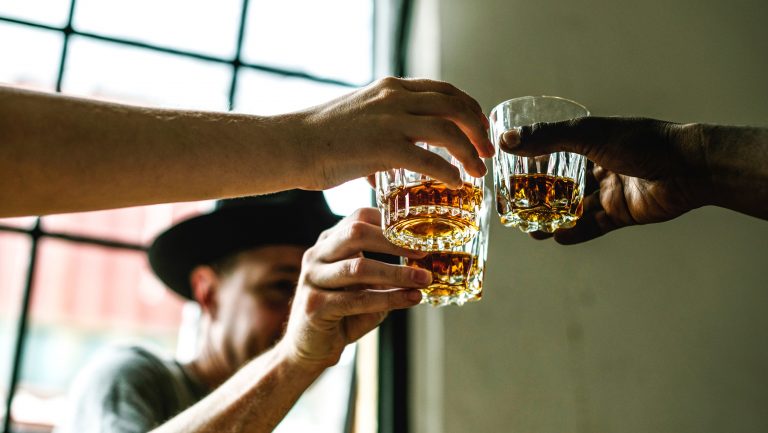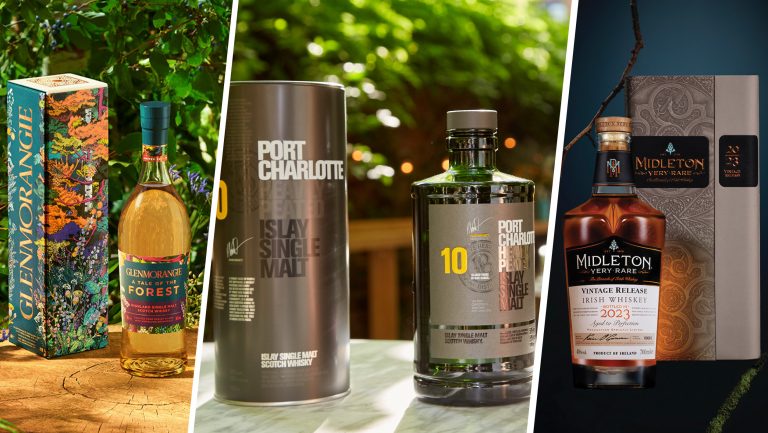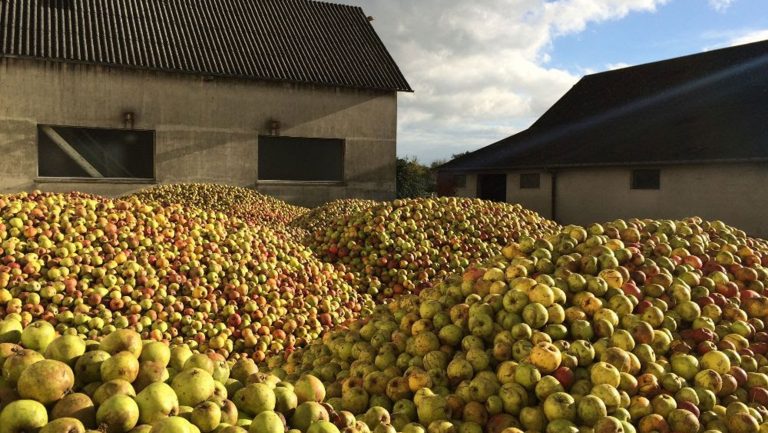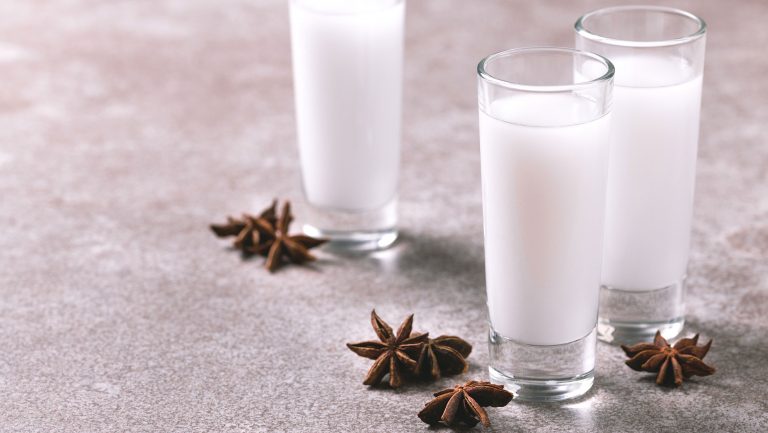Karen Hoskin founded Montanya Rum a decade ago with her husband, Brice. Over the years, when catering cocktail events—such as destination weddings in and around their distillery in Crested Butte, Colorado—she noticed that only about a quarter of baby boomers were ever interested in trying a new spirit. “If I ask them, Would you like a Manhattan made with a craft Colorado rum?’” she says, “they look at me like I have nine heads. They’re like, ‘Uh, can we get a real Manhattan?’”
When she works events with millennials, however, Hoskin finds the inverse—maybe 20 percent are resistant to trying something new. The rest are thrilled: “Bring it on!”
The craft spirits boom continues. A 2017 white paper on the state of the U.S. craft-distilling market notes that the TTB now licenses about two new distilleries every working day. And many newcomers can thank the enthusiasm of restless, free-range millennials for providing fuel for their launches. It appears there’s an opportunity for craft producers to attract a new generation, to build a loyal customer base that will look at them the way a baby boomer looks at Patrón or Crown Royal.

Don’t miss the latest drinks industry news and insights. Sign up for our award-winning newsletters and get insider intel, resources, and trends delivered to your inbox every week.
But will they? Millennials—the cohort born between the early 1980s and the turn of the century, with the oldest now edging toward 40—have been subject to endless bar-top analysis that invariably concludes with a bit of common wisdom.
Namely, the flip side of a consumer’s restlessness is perpetual promiscuity—always flirting with brands but never marrying. Brought up with one-click ordering and easy online comparison shopping, millennials are often viewed as a cadre of the callow, consumers who have the attention spans of crows, constantly snatching at anything shiny and new. How does one build long-term brand loyalty around that?
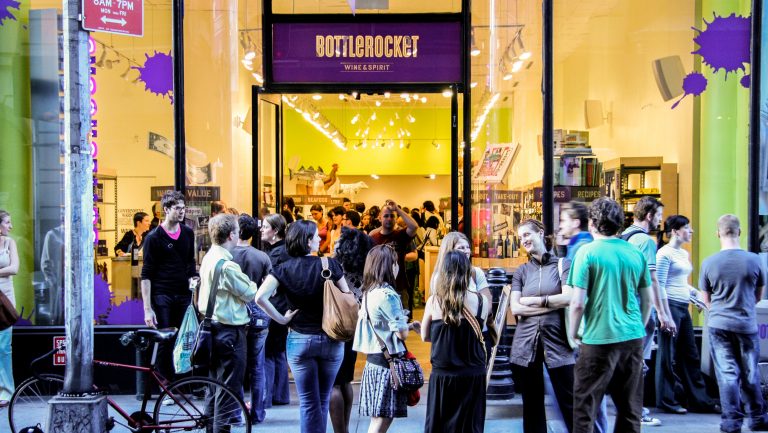
How Millennials Are Changing the Wine-Selling Game
Focusing on authenticity and adventure to make the sale
You might not have to. Many studies find quite the opposite. “Study: Millennials Are the Most Brand-Loyal Generation” reads a typical title of a study presenting the countervailing view. And many studies have suggested that millennials are intensely wedded to certain brands, just not in the way their parents and grandparents were.
”They are extraordinarily loyal,” says Robert Passikoff, the founder and president of Brand Keys, a brand research consultancy based in New York City. “The thing is, that by the time they get to loyalty, they work through a much smaller consideration set. Meaning that they’re apt to reject brands earlier on, then work with a contained set within a category.”
Creating brand loyalty was once pretty straightforward: You made a good product, you bought a lot of ads to control top of mind, and maybe you hired a celebrity or two to vouch for your product so that the consumer’s trust in them might rub off on you. That doesn’t work as well these days.
“There was really a migration away from traditional big-box brands, toward something they saw met their values better,” says Passikoff of millennial consumers. “They have a different set of values, and they use those values to screen categories. They are brand loyal, but to smaller groups of brands.”
The narrowing of brands into subsets, Passikoff suggests, is a matter of survival in a world where product options have sprouted like mushrooms after an autumn rain. (Have you been down a cereal or toothbrush aisle lately?) And one way to filter subsets is to find brands that subscribe to your values—whether socially mindful, environmentally aware, or locally based. Say a consumer tends to value local sourcing. That consumer might not be wedded to a particular brand at the outset, but to a constellation of products made by local people—a couple of craft beers, and maybe a locally made vodka or liqueur.
“We used to be influenced by big corporate advertising and famous people,” Hoskin says. “Now that is just completely gone, and we’re really sensitive to being told a tall tale because so many companies have been outed.”
Joe Heron, who founded Copper & Kings American Brandy in Louisville, Kentucky, with his wife, Lesley, agrees. “Modern consumers expect more from their brands,” he says. “They also need to have a shared set of values. It’s not enough [that the product] works—it needs to also have an emotional anchor. The consumer expects what’s in their glass to reflect, and burnish, the best version of themselves.”
Passikoff notes that every generation makes a connection with the products it buys, but this has shifted subtly over time. “With millennials, it’s more ‘Who am I?’” he says, “where with boomers, it’s been ‘What does this say about me?’ Gen Z is now looking for ‘Where can I find myself?’”
Once consumers begin this search and identify a subset based on their values—again, say, locally produced craft spirits—it’s not just a matter of entering a liquor store or a bar. Today, the foyer to all shopping is electronic, a virtual ecosystem of connections that prod one toward (or away from) certain products. It’s not like occasionally asking friends for advice, as in the days of the rotary wall phone. With the omnipresence of social media, it’s more like living in an aviary with friends who are forever flitting and tweeting all around you about one product or another.
“We have a lot more ways to get information now,” Hoskin says. “When the San Francisco World Spirits Competition awards are announced, you learn about it from 100 different directions.” And consumers can constantly check in with friends, not only to seek advice on what those friends would buy (at least, those friends who share their values) but also to seek affirmation about products they’ve recently acquired. That Instagram of a newly acquired craft gin or an elaborate cocktail ordered at a bar is not just an announcement of one’s good taste but a fishing expedition for “likes” to affirm that taste.
That’s a world apart from the John Cheever–era commuter, who ordered a Beefeater martini every night because that’s what his father drank and that’s what he likes and he didn’t care what others thought.
This new environment opens a door to craft distillers to be part of the conversation. “Social media is pivotal,” Heron says. “You have to be on it and having that personal conversation daily, hourly … And this involves engagement—the level of intimacy with brands is tighter than before—which feels anomalous in a world of huge brand proliferation.”
Critically, social media is not just another vehicle for delivering advertising. It’s a means to invite potential consumers on a journey of adventure.

Major distillers have been manufacturing adventure on a large scale, spending fortunes to build “experiences” linked to their brand—like the Evan Williams Experience in Louisville, the new and futuristic $180 million Macallan Distillery in Scotland, and the Sazerac House, a $50 million cocktail museum and corporate headquarters for the Sazerac Company, slated to open in New Orleans next summer.
That approach may work well with older, mass-market consumers but may raise an eyebrow among millennials, for whom large can translate as inauthentic. Passikoff cites Samuel Adams beer as an example—when it launched, it offered a range of limited releases that excited consumer curiosity, but those offerings have been streamlined as the company grew from microbrew to macrobrew. Says Passikoff, “It can no longer can count on innovations and novelty to keep bringing customers back.”
Not that authenticity can’t be done at scale. The Sazerac Company can use the considerable revenues from its best-selling Fireball product to underwrite ongoing experimental programs—from analyzing whiskey-aging storage conditions to acquiring land next to its Frankfort, Kentucky, distillery to plant experimental heirloom corn. It thereby inspires, if not lifelong brand loyalty, at least powerful brand affection.
Hoskin divides the millennials she sees at her distillery into two archetypes: explorers, who are genuinely curious, and Snapchatters, who strive to be the first to post something new online. But for both, novelty and adventure are beacons.
Additionally, brand loyalty considerations may differ for spirits as opposed to beer and wine. “I think there is more loyalty in spirits than there is in wine and beer,” says Amir Peay, the owner of the James E. Pepper Distillery in Lexington, Kentucky. “That could have to do with the fact that you’re putting out more money, and [the spirit] will last you a lot longer. If you buy a six-pack, it’s gone over the weekend. A bottle of wine—one meal and it’s gone.”
So how do you get the attention of crows? While craft distillers can’t compete directly with the elaborate manufactured experiences of the majors, they have the advantage when it comes to the experimental. Millennials, it seems, love wandering with producers in the forest of the uncertain outcome.
“Our brand is adventurous and imaginative,” says Joe Heron. “This is the story in the glass—and this is the reflected character of our drinkers.”
Scott Blackwell at High Wire Distilling in Charleston, South Carolina, sees much the same in his consumers. He earns their loyalty through transparency and by keeping them abreast of his distilling escapades—using sugar cane from different fields to understand terroir, for example, or using a rare corn to make a pure-corn bourbon. “They want to know where things come from; they want to hear a story,” Blackwell says. “Even bartenders, who can be fairly jaded, are like, ‘Ooh, I want to come along and watch.’ And then you’ve got total buy-in. And we’re willing to stub our toes and admit it.”

Dispatch
Sign up for our award-winning newsletter
Don’t miss the latest drinks industry news and insights—delivered to your inbox every week.
Wayne Curtis is the author of And a Bottle of Rum: A History of the New World in Ten Cocktails and has written frequently about spirits for The Atlantic, Imbibe Magazine, Punch, The Daily Beast, and Garden & Gun, among others.

